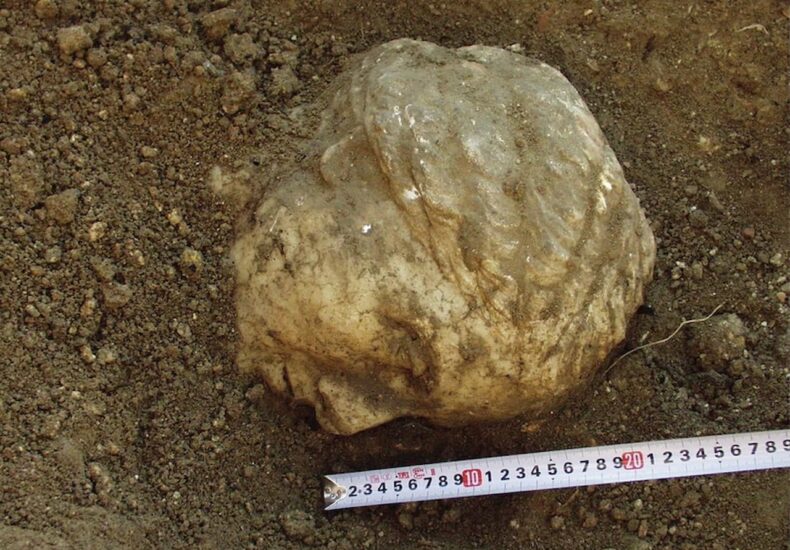
20-Year Mystery Solved: Marble Portrait in Crimea Identified as Laodice, the Woman Who Secured Her City’s Freedom
SEVASTOPOL, CRIMEA – A decades-old archaeological mystery has finally been solved: a striking marble head discovered in 2003 at the ancient Greek city of Chersonesus Taurica has been conclusively identified as Laodice, a prominent woman whose political influence helped the Black Sea city gain free status under Roman rule. A Sculpture With a Story The
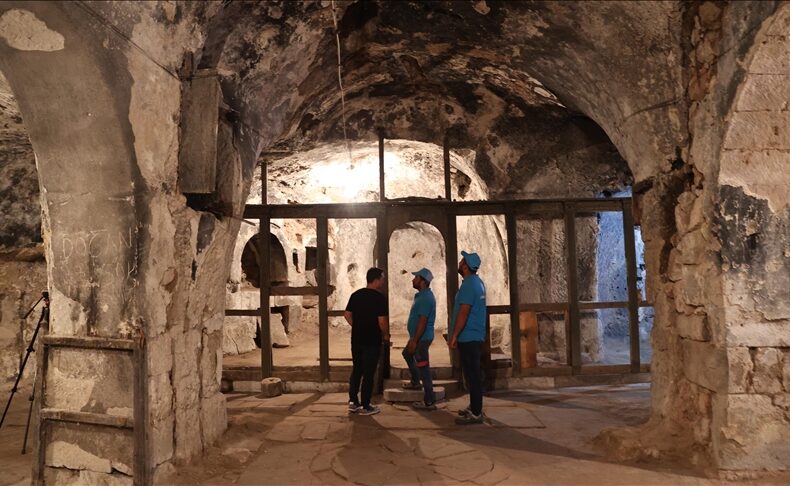
World’s Oldest Mental Hospital: Aya Maryeros Underground Monastery to Be Restored
The Aya Maryeros Underground Monastery in Derinkuyu, Nevşehir, believed to be the world’s first psychiatric treatment center from the Byzantine era, is set to undergo restoration and open as a museum. Located in Cumhuriyet District, the monastery’s entrance was discovered in the 1990s beneath an abandoned building. The complex features tunnels, carved chambers, cellars, and
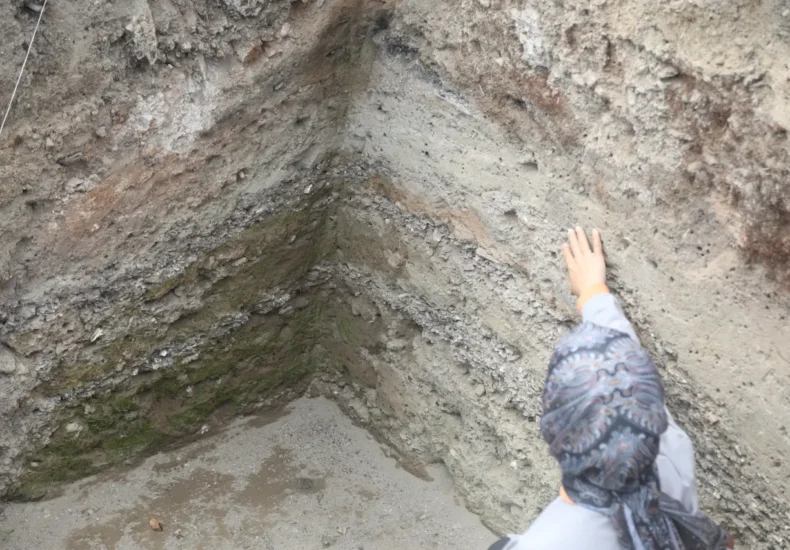
4,500-Year-Old Mussel Shells Unearthed at İkiztepe: Clues to Bronze Age Cuisine and Trade in the Black Sea Region
Archaeological excavations at the İkiztepe Mound in Türkiye’s Samsun province, ongoing for over half a century, have uncovered Mediterranean mussel shells dating back to the 4th millennium BC. The discovery sheds light on ancient trade routes and Bronze Age dietary habits in northern Anatolia. A Half-Century of Excavations Revealing a Lost Settlement Situated in the
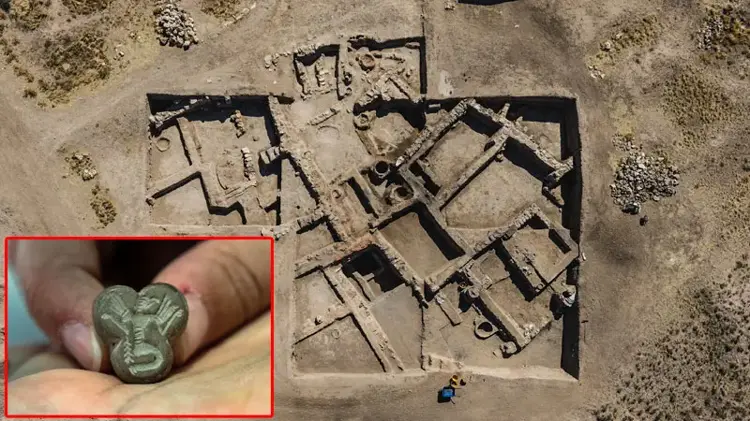
3,500-Year-Old Seal Depicting an Eagle-Headed Human Found in Karahöyük
The newly discovered seal featuring a human figure with an eagle’s head, found in Karahöyük in central Türkiye, provides a rare insight into the identity, symbolism, and belief systems of Bronze Age society. A Symbol of Power and Identity: The Eagle-Headed Human Seal Archaeologists excavating the ancient settlement of Karahöyük, located in Konya’s Meram district,
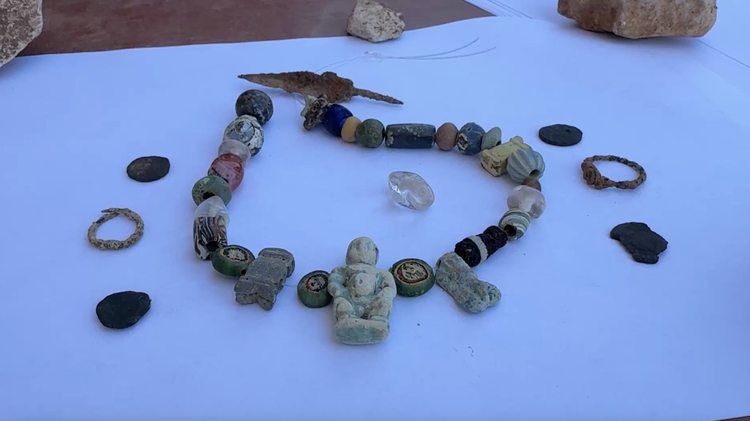
First in Anatolia: Figure of the Egyptian God Pataikos Unearthed in Perre Ancient City
A discovery in Perre Ancient City (Adıyaman, Türkiye) has not only excited archaeologists but also reshaped how we look at the cultural links between Anatolia and Egypt. In one of the five great cities of the Kingdom of Commagene, excavations revealed a 2,100-year-old chamber tomb containing a figure of the Egyptian protective god Pataikos. Egyptian
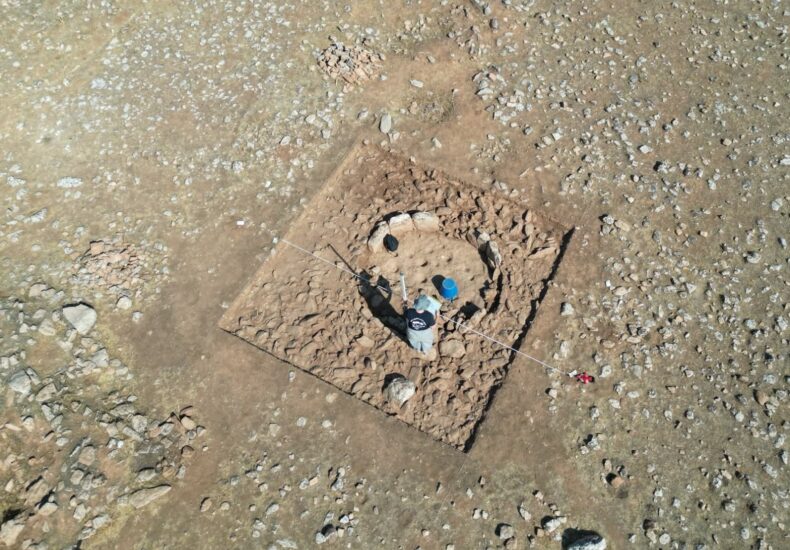
Archaeologists Uncover Early Neolithic Structures at Mendik Tepe, Potentially Older Than Göbekli Tepe
Excavations at Mendik Tepe, a prehistoric site in southeastern Türkiye, are advancing rapidly and may reveal evidence older than Göbekli Tepe, the UNESCO World Heritage site widely regarded as the “zero point of history.” Professor Douglas Baird of the University of Liverpool’s Department of Archaeology, who leads the excavation, reported that structures of different sizes
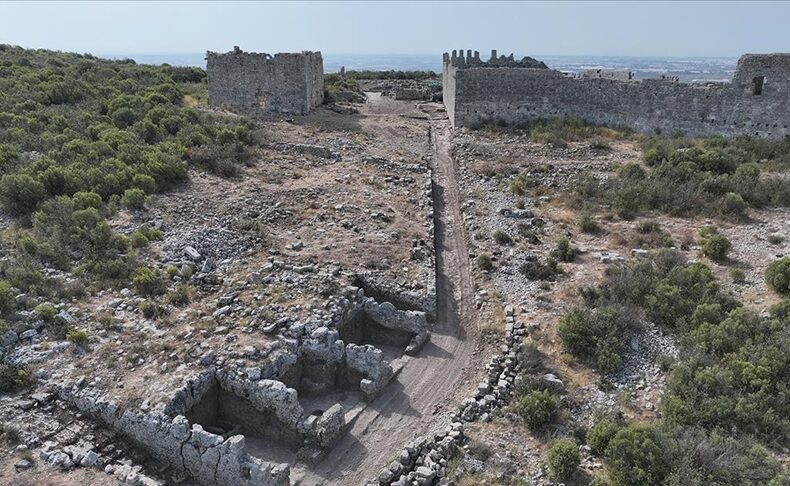
The 1-Kilometer Main Street of Sillyon Ancient City Has Been Unearthed
ANTALYA – In Serik district of Antalya, the Sillyon Ancient City is revealing the layers of six major civilizations along its main street. Excavations, conducted year-round as part of the “Heritage for the Future” project, have uncovered a one-kilometer-long avenue that connects the city’s Hellenistic, Roman, Byzantine, Seljuk, Beylik, and Ottoman periods. From Mythical Origins
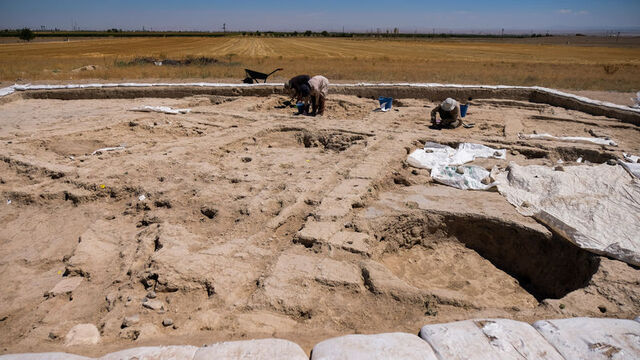
Archaeologists Uncover One of the Earliest Known Streets at Canhasan 3, Central Anatolia
9,750-Year-Old Street Unearthed in Central Türkiye Challenges Neolithic Narratives Archaeologists in Türkiye have uncovered what may be one of the earliest examples of a street in human history—predating the iconic settlement of Çatalhöyük by nearly 750 years. The discovery was made at Canhasan 3 Höyük, a Neolithic mound in the Karaman province, revealing an organized
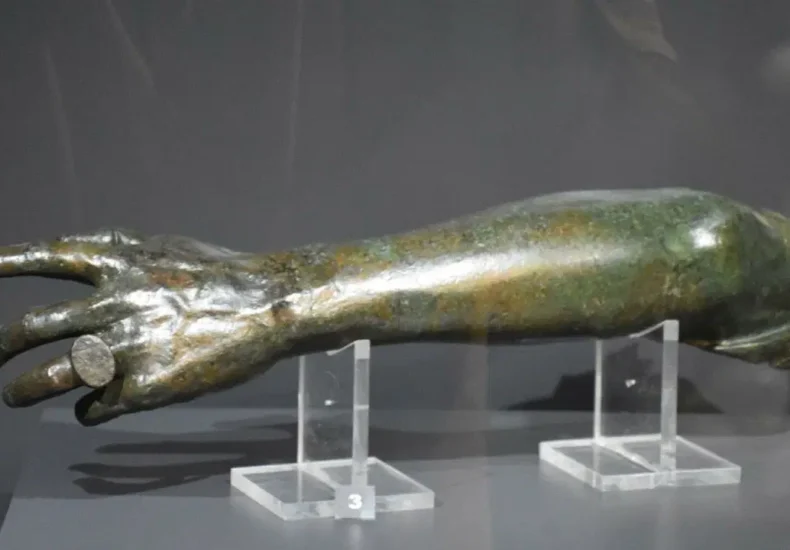
2,000-Year-Old Bronze Arm with Ring on Finger Goes on Display for the First Time After 45 Years
A 2,000-year-old Roman bronze arm, featuring a ring on its finger, has gone on public display for the first time in 45 years at the İzmir Archaeology Museum. The artifact, discovered off the coast of Foça in 1980, had remained in storage until recently, when it underwent careful restoration. Museum Director Savaş Gürbüz highlighted the
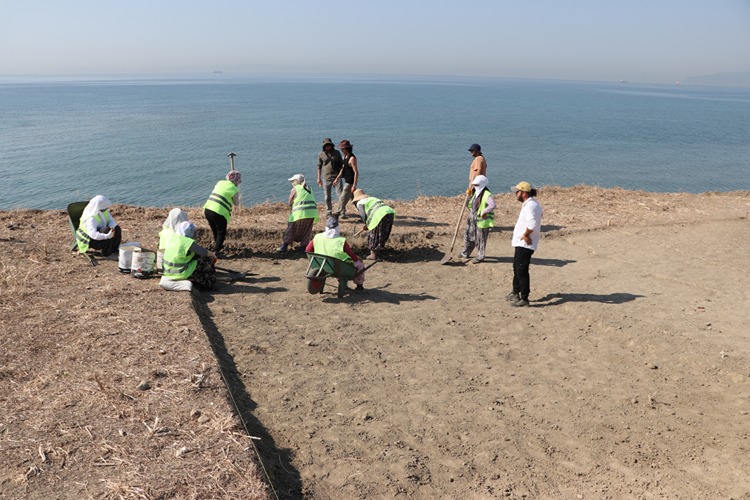
Women Lead the Way in Excavations at Heraion-Teikhos, the “City of Hera” in Thrace
In Tekirdağ, northwestern Türkiye, archaeological excavations at Heraion-Teikhos—one of the most significant settlements of the Thracian civilization—are highlighting the vital role of women. Supported by the Ministry of Culture and Tourism under the “Heritage for the Future Project,” the dig is bringing ancient history to light with the help of local women workers. Located in
